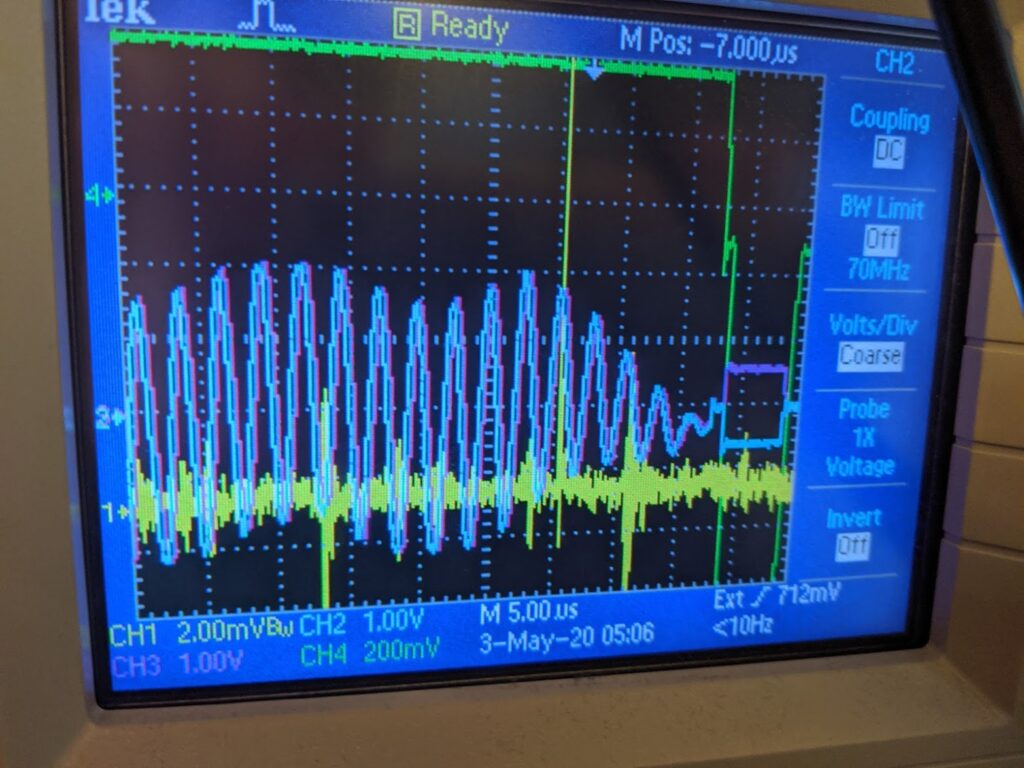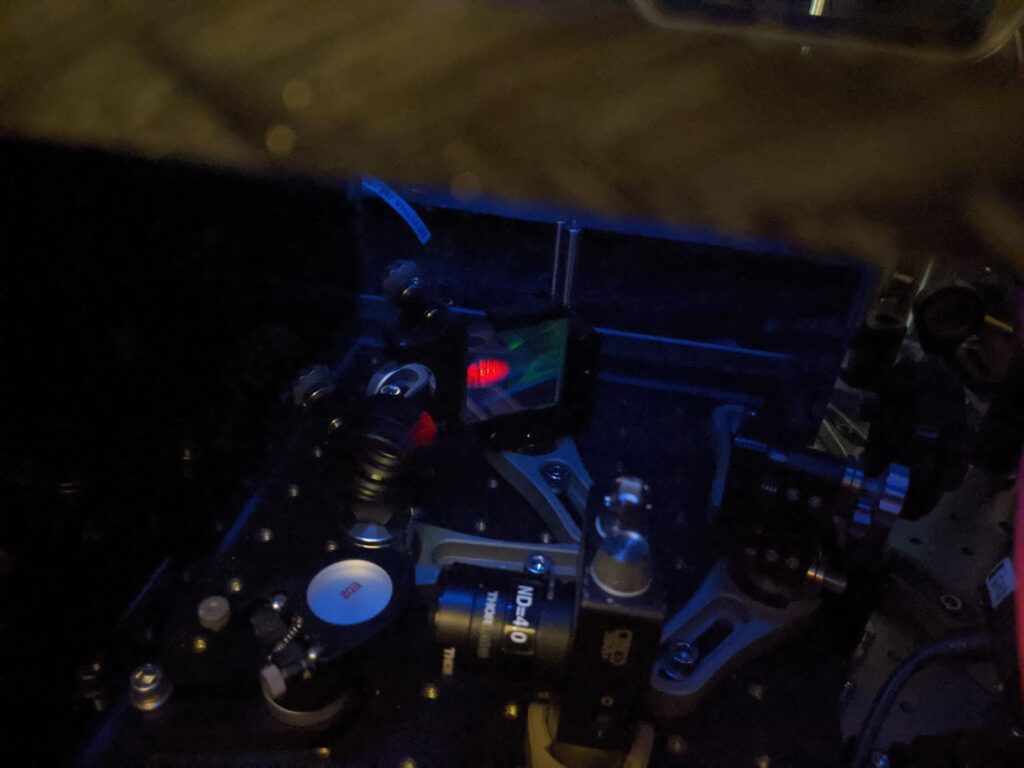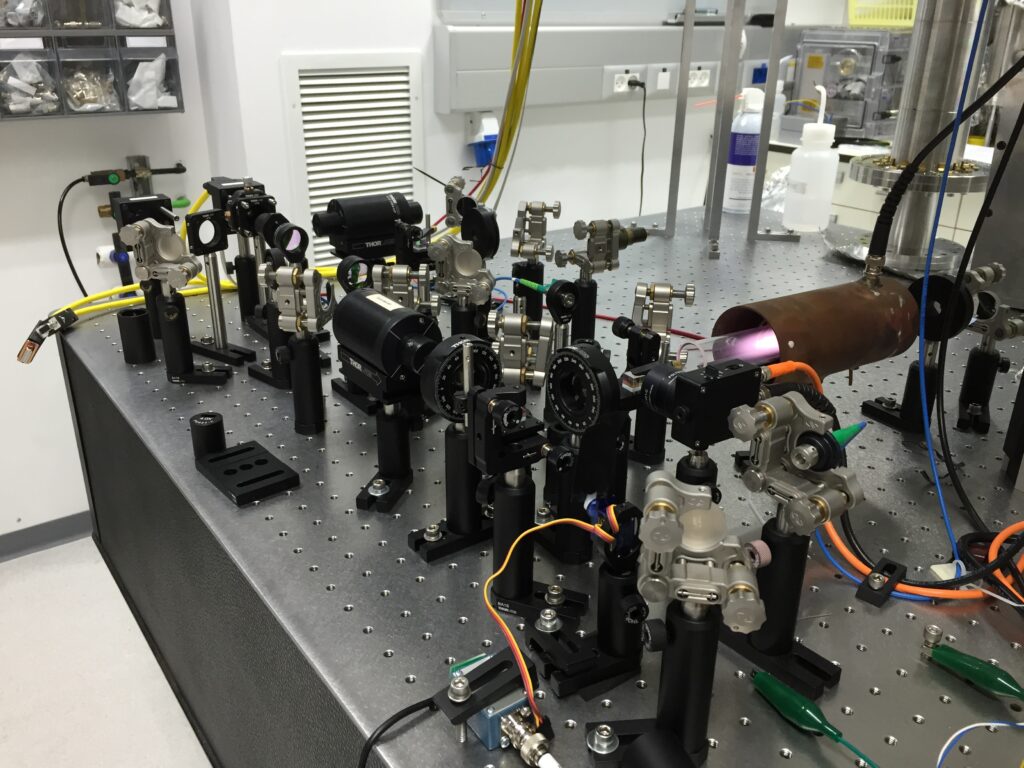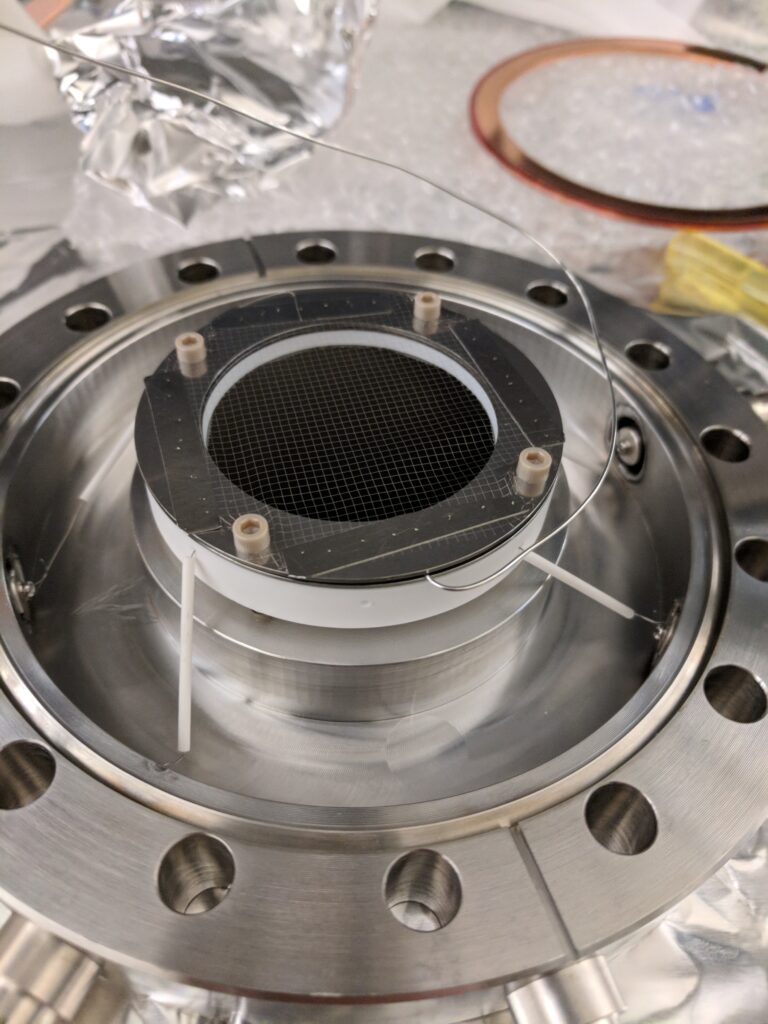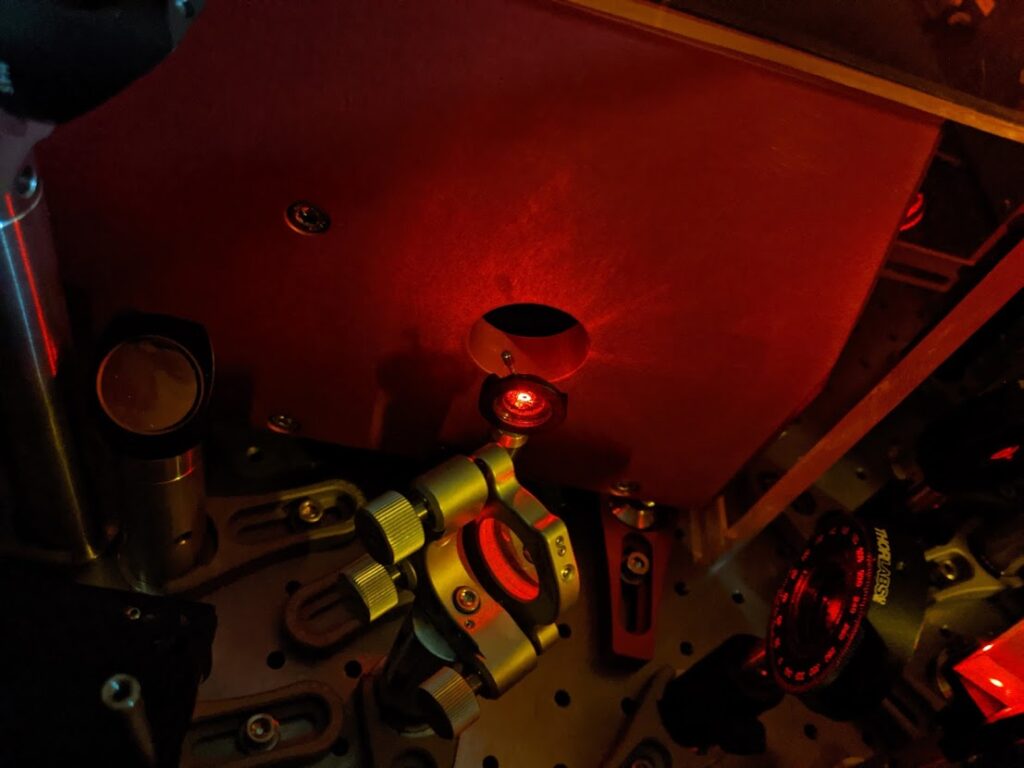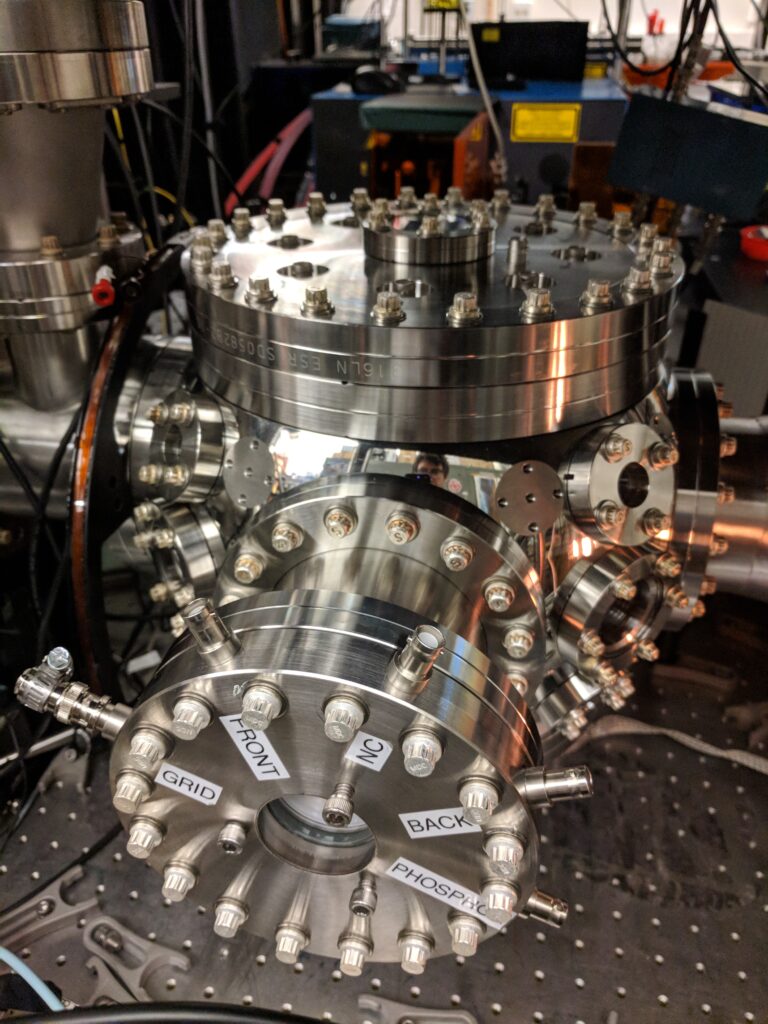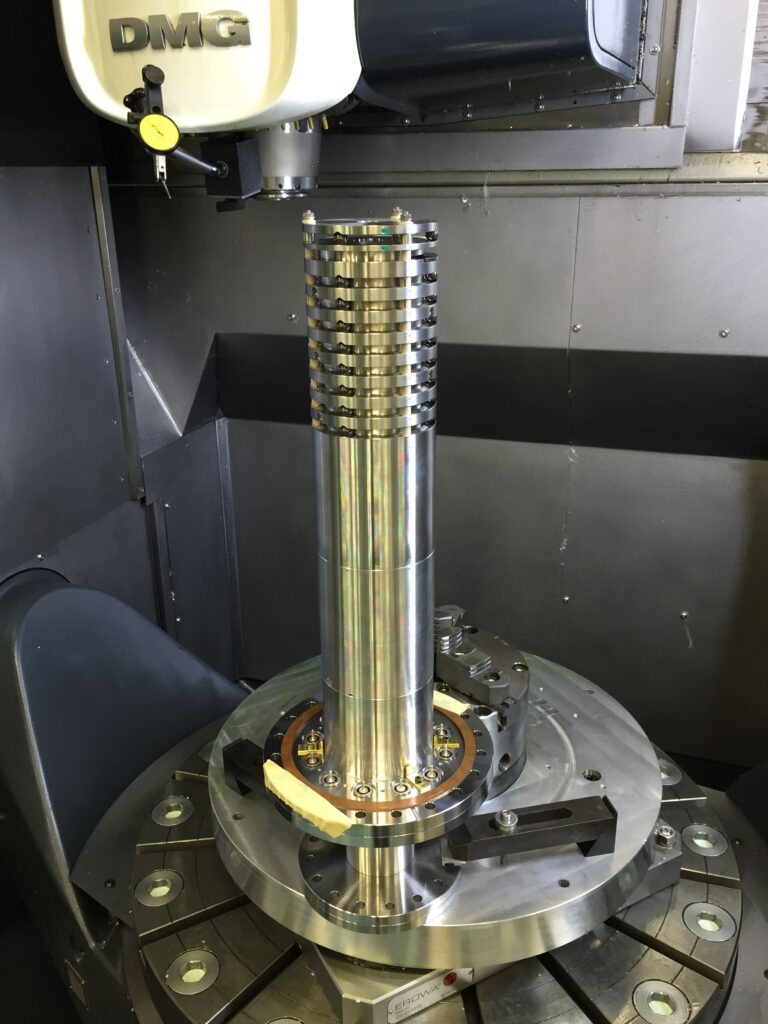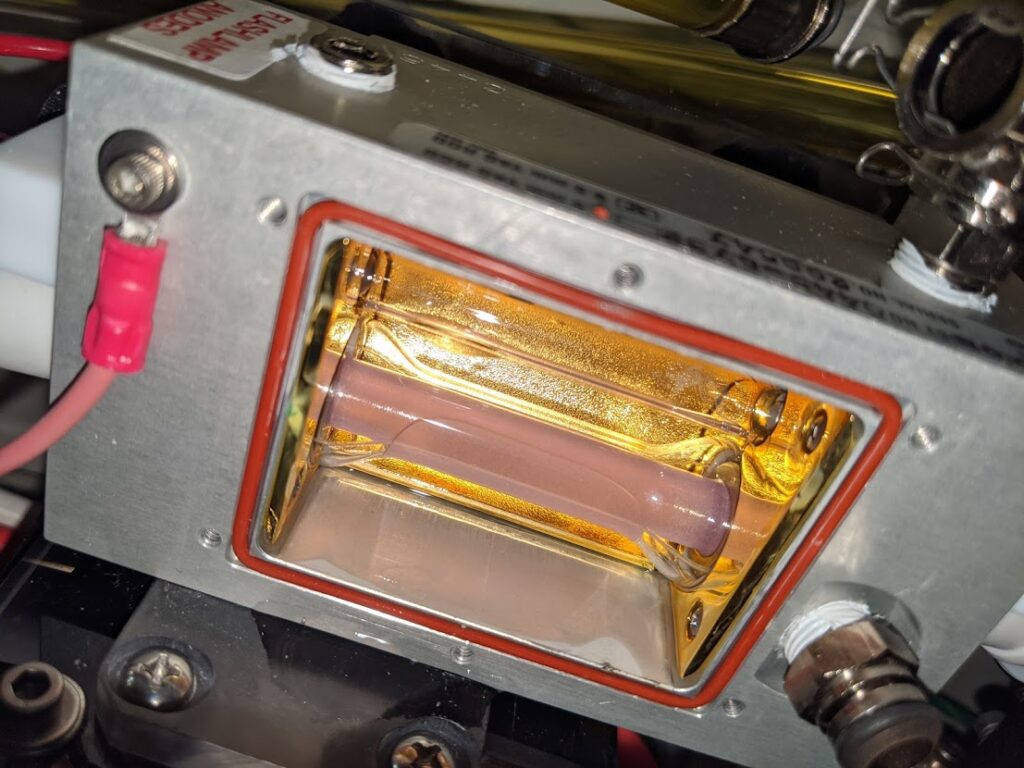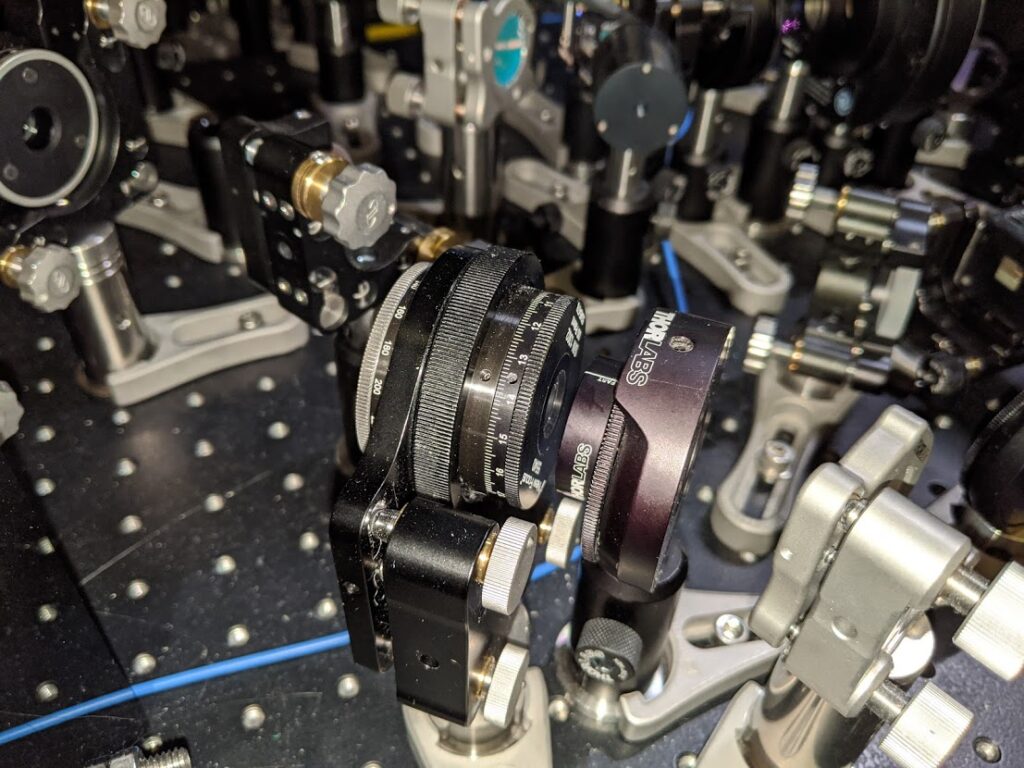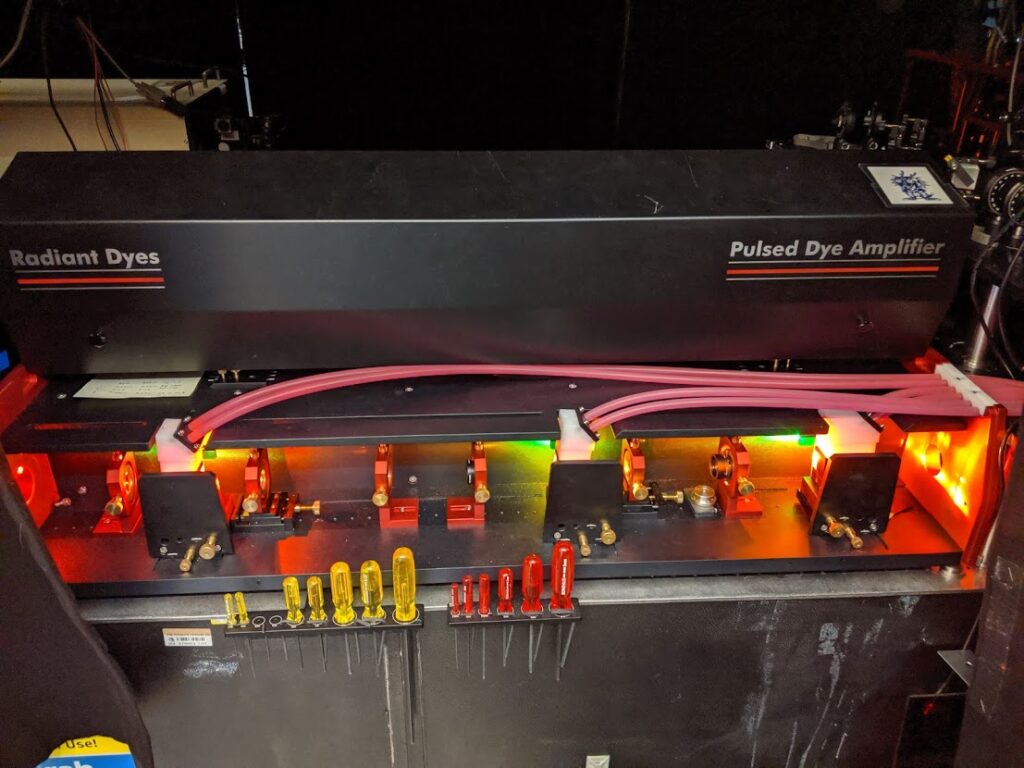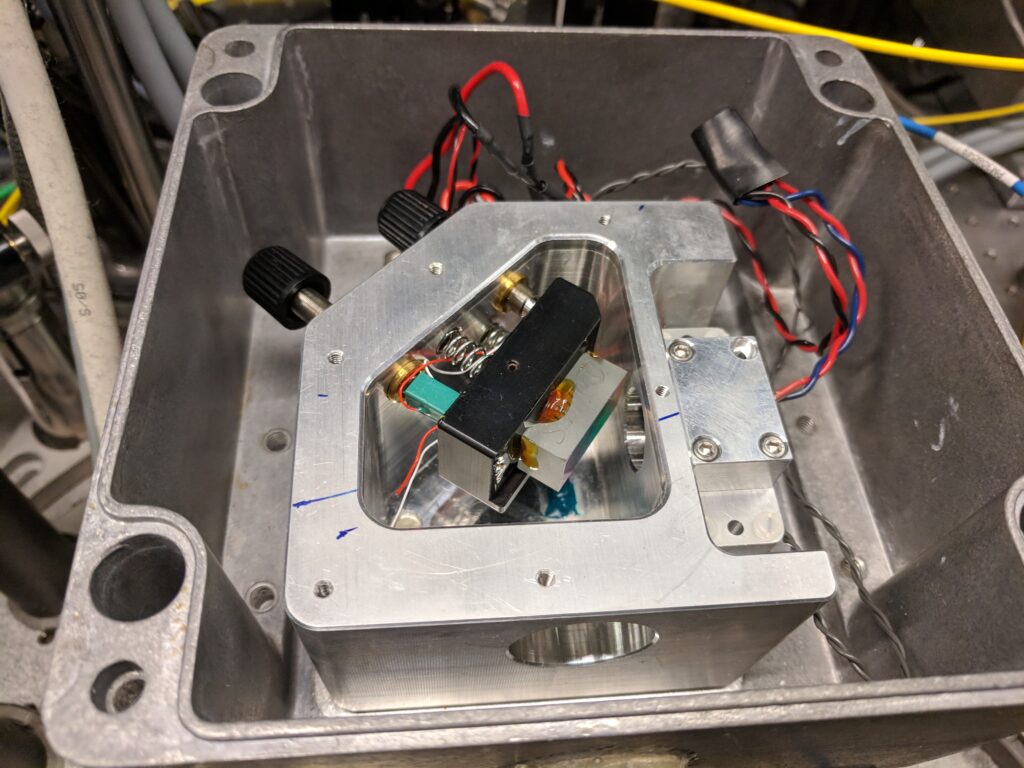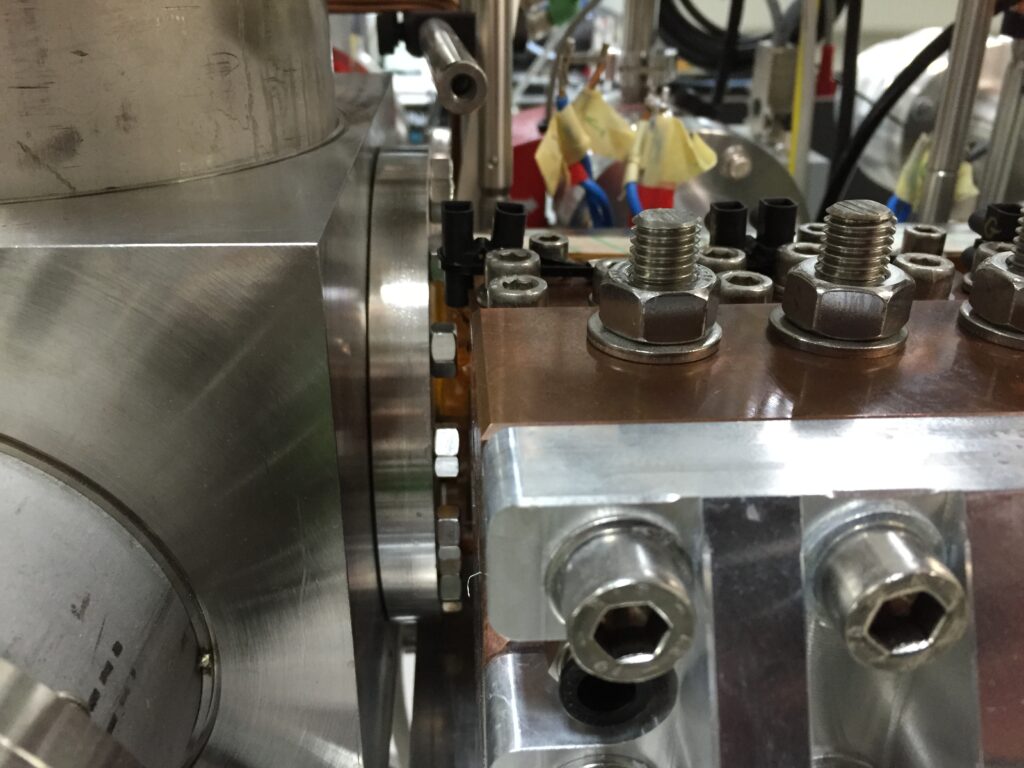Chirality in Nature
What is a chiral molecule? Just like our left and right hands which are mirror images of each other, the positions of the nuclei of chiral molecule cannot be rotated to match its mirror image. Molecules of opposite handedness, known as enantiomers, can have different smells and different medicinal properties among other things. For example, in thalidomide, while one enantiomer is used to sooth nausea the other enantiomers was found to be toxic for a foetus. This makes sensitive tools for detection of chiral contaminants particularly important.
Chirality on a quantum level
Hund provided the first quantum model for chiral molecules as a double well potential where each well represents a different enantiomer. The eigenstates of such a system are the symmetric and antisymmetric superposition states. This means that \(|L\rangle\) the chiral molecule will change handedness according to the energy splitting \(\Delta_{\pm}\). Perhaps the classical form of the molecule we all think of is stabilized by collisions with the environment that cause the immediate collapse of the wavefunction (Quantum Zeno Effect).
Another hypothesis is that parity violation that originates from the weak interaction breaks the symmetry of the double well potential \(\Delta_{PV}\). If the interaction is strong enough, \(|L\rangle\) and \(|R\rangle\) would become the true eigenstates and therefore stable in time.
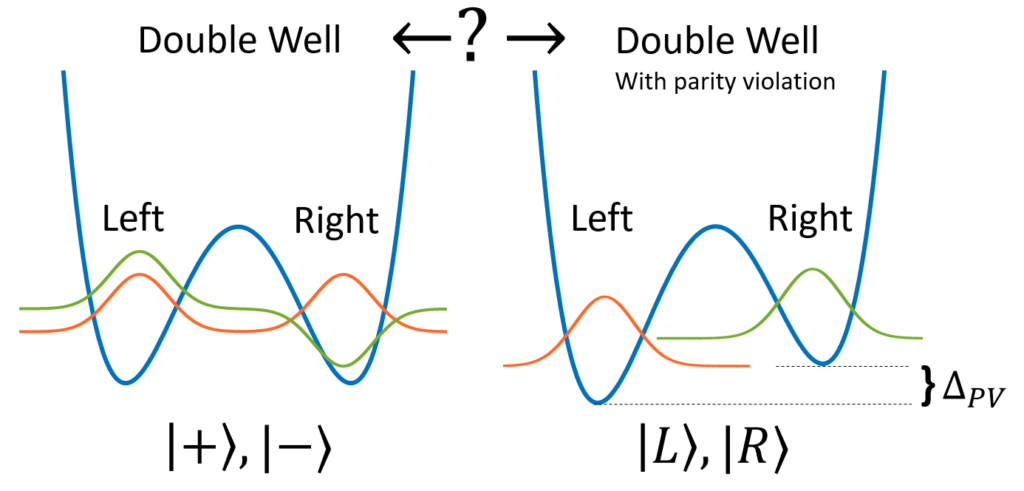
We will learn how to control these trapped chiral molecular ions on a quantum level, develop quantum sensing techniques, and eventually try to observe the oscillation from \(|L\rangle\) to \(|R\rangle\). Precision metrology of parity violation of a chiral molecule is also a powerful tool for new physics searches such as Dark Matter.
A talk from the Helen Diller Quantum Center retreat motivating our research:
Here’s a talk about trapped molecular ions in search of new physics talk about how molecular ions can help us search for beyond Standard Model physics
Quantum Chemistry
Control over reactions can be accomplished by adjusting concentrations, temperature, electric field, and illumination among other options. Now imagine controlling a collision with the finest knobs at the quantum level such as a molecular rotation quantum excitation, nuclear spin state, Zeeman shift or adjusting the de Broglie wavelength to enhance quantum tunneling. These tests are at the heart of Quantum scattering studies that include elastic, inelastic and reactive collisions.
So far in ion-neutral systems, many such quantum effects, including tunneling resonances, have eluded experimental observation despite the huge advantage in quantum state control that trapping offers for charged species. These effects play a pivotal role in benchmarking theory and developing quantum toolkits for chemistry. Our main goals will be to achieve pristine state control of molecular ions and combine this with low temperature collisions where the wave-like nature of colliding particles dominates.
Ion trapping
RF ion traps can be thousands of kelvins deep and generally applicable to charged particles of various masses. This means that we can even trap complicated molecules as long as are charged. Additionally, if we co-trap a laser cooled ion such as Ca\(^+\), we can remove the translational energy from the whole sample. When cold enough the sample will take the shape of a lattice forming the so-called Coulomb crystal. The enhanced interrogation times provided by this generic trapping method will aid our metrology effort and quantum chemistry measurements.
Equipment photos
We combine lasers, electronics, and vacuum technology in our experiments.
This includes pulsed dye lasers, diode lasers, OPO lasers, microwaves, UHV vacuum, turbo pumps, pulse supersonic valves, RF fields, HV pulsed electronics and FPGA technology.


